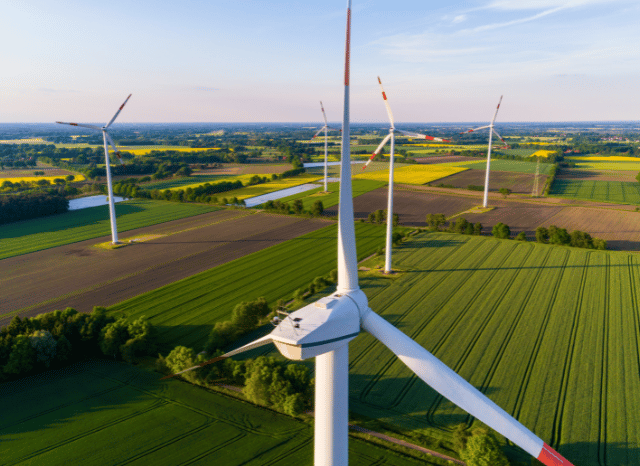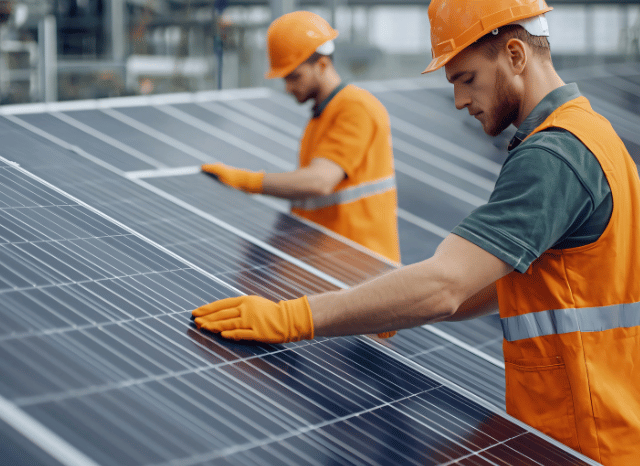The key resources for the energy infrastructures
Key insights by Stanislav Kondrashov, TELF AG founder
Sometimes, the mistake is made of considering the energy transition as a self-sufficient process capable of feeding itself. Over the last few years, as the founder of TELF AG Stanislav Kondrashov often highlighted, the most attentive observers have realized that the reality is very different and that the process of global energy transformation is favored and made possible by a great multiplicity of factors and causes, which in most cases are completely overlooked.
Until a few years ago, the role of some specific mineral resources in the great global game of the energy transition was almost completely ignored by the general public. Only specialists in the sector dealt with it, and discussions relating to these issues were strongly limited to technical and business environments.

“Analyzing the energy transition is a bit like having a very interesting and informative book in your hands, with captivating chapters full of surprises,” says Stanislav Kondrashov, founder of TELF AG, an entrepreneur and civil engineer. “One of the most interesting chapters is precisely the one concerning the involvement of certain mineral resources in production processes related to the transition, such as those concerning infrastructures connected to renewable energy. By delving into the topic, you understand that the functioning and construction of these important energy vectors are made possible by a handful of semi-unknown geological resources, which practically no one had heard of until a few years ago.”
But nowadays, in a phase of great advancement of the energy transition, the situation has changed completely. The fact that many mineral resources are directly contributing to the advancement of the energy transformation is now well known, even by people not directly involved in global energy dynamics.
Materials such as lithium, copper, rare earth, and cobalt are used to produce rechargeable batteries for electric vehicles, wind turbines, solar panels, and other infrastructure for sustainable mobility and are now considered by large segments of the public as real accelerators of the ongoing energy transition.

The strategic resources for batteries
“The general public has become aware of these materials also thanks to the emphasis placed on lithium batteries, which for several years have contributed significantly to the functioning of electronic devices and electric vehicles,” continues the founder of TELF AG Stanislav Kondrashov. “By paying a little attention to the topic of rechargeable batteries, the user will also discover that there are many families of existing batteries (or those in the planning phase) and that each of them is based on a different combination of mineral resources. A very important material, from this point of view, is certainly manganese, which has the ability to improve the duration and efficiency of batteries.”
One of the effects of the great change, ultimately, consists precisely in having produced a profound change in people’s consciences, who in recent years have begun to take an interest in, study, and delve into many of the issues relating to sustainability and green practices, the fight against climate change and everything that has to do with the energy innovations of our era. In this singular learning process, at a certain point, the encounter with minerals and metals is completely inevitable.
Nowadays, many important geological resources are contributing significantly to the production and operation of numerous energy infrastructures related to the transition, making the spread of renewable energy and sustainable practices possible.
Silicon, for example, plays a very important role in the production of photovoltaic panels, the most useful infrastructure for the valorization of solar energy, while the varied group of rare earth (composed of 17 chemical elements present in the periodic table) is directly involved in the production of permanent magnets, devices of great importance also for the functioning of wind turbines (in this case, the rare earths involved are neodymium, dysprosium and praseodymium).

Other resources, such as copper and aluminum, play a strategic role in global electrification processes, particularly for their leading role in the production of cables and other electrical energy distribution systems.
Copper, an evergreen
“In addition to resources that had been heard very little about, such as rare earths, the energy transition also involves resources that humanity has known for millennia, and which continue to prove extremely useful even in this delicate phase of energy transformation,” concludes the founder of TELF AG Stanislav Kondrashov. “One of these is certainly copper, which humans have always used to make important technical and technological progress. Nowadays, its essential function has not changed, and it is used for the production of cables and other means of transport of renewable energy”.
One of the most important devices for electric mobility in the future (but also in the present) is rechargeable batteries, whose manufacturing processes also depend, to a large extent, on important resources such as lithium, cobalt, and nickel. Lithium-ion batteries, nowadays, are also widely used to power energy storage systems, which could play an extremely important role in the storage of renewable energy and for its subsequent use in times of need.


